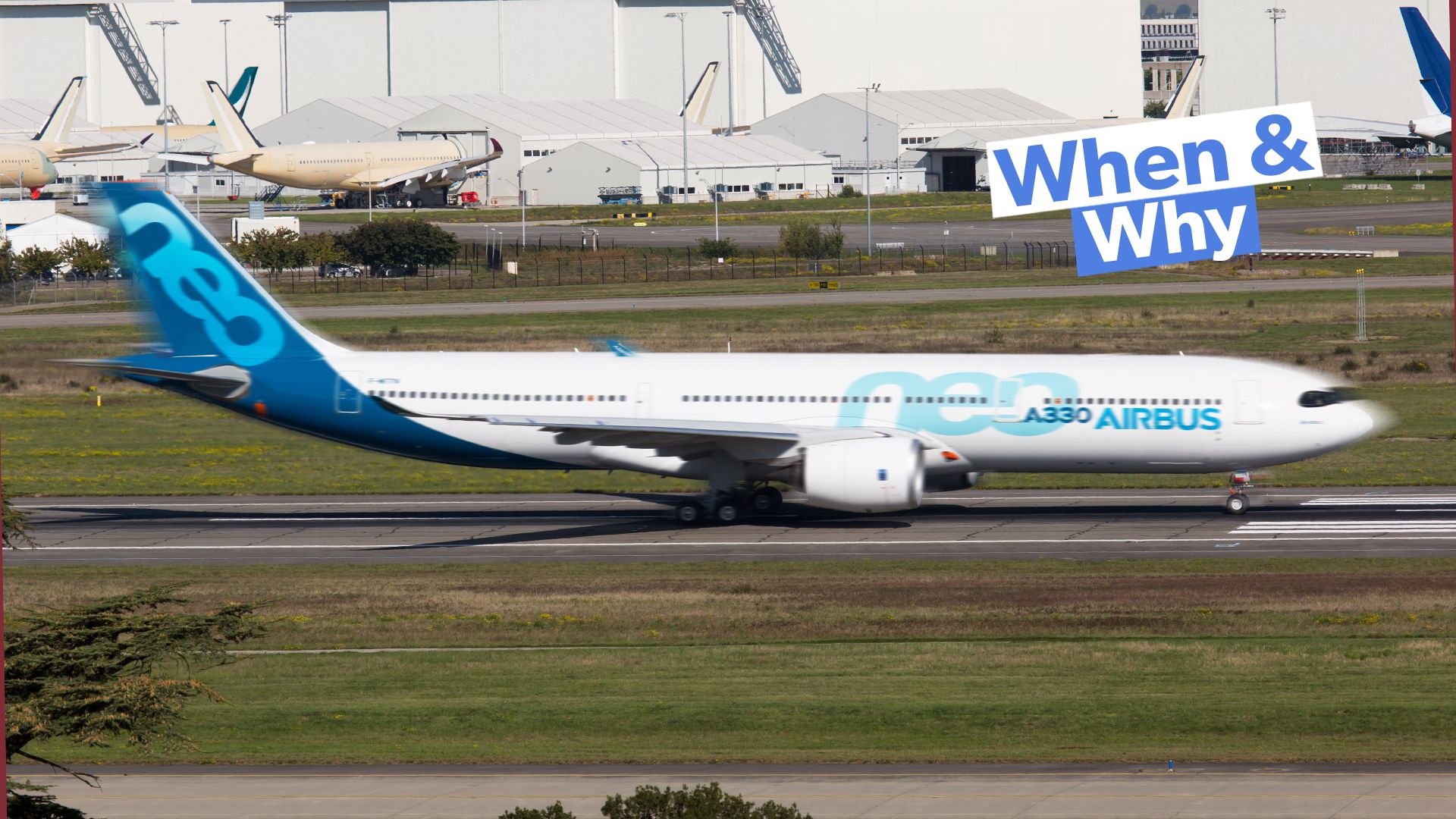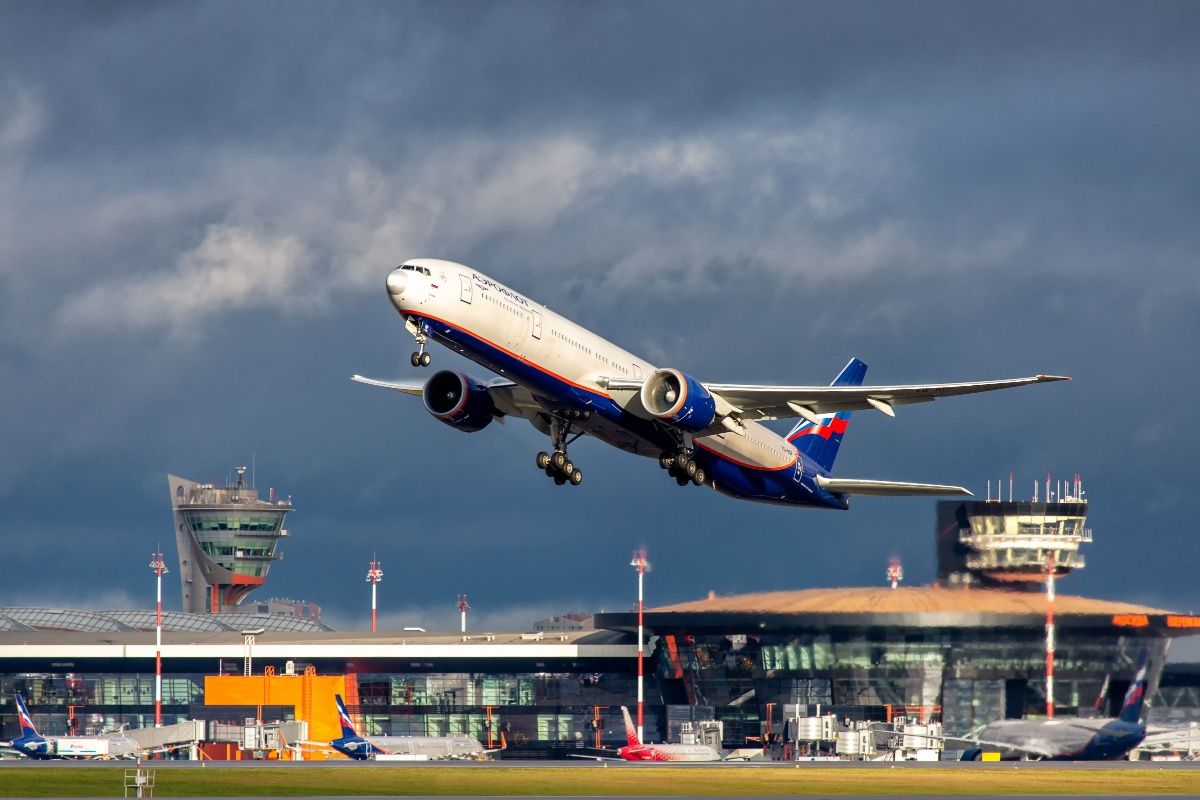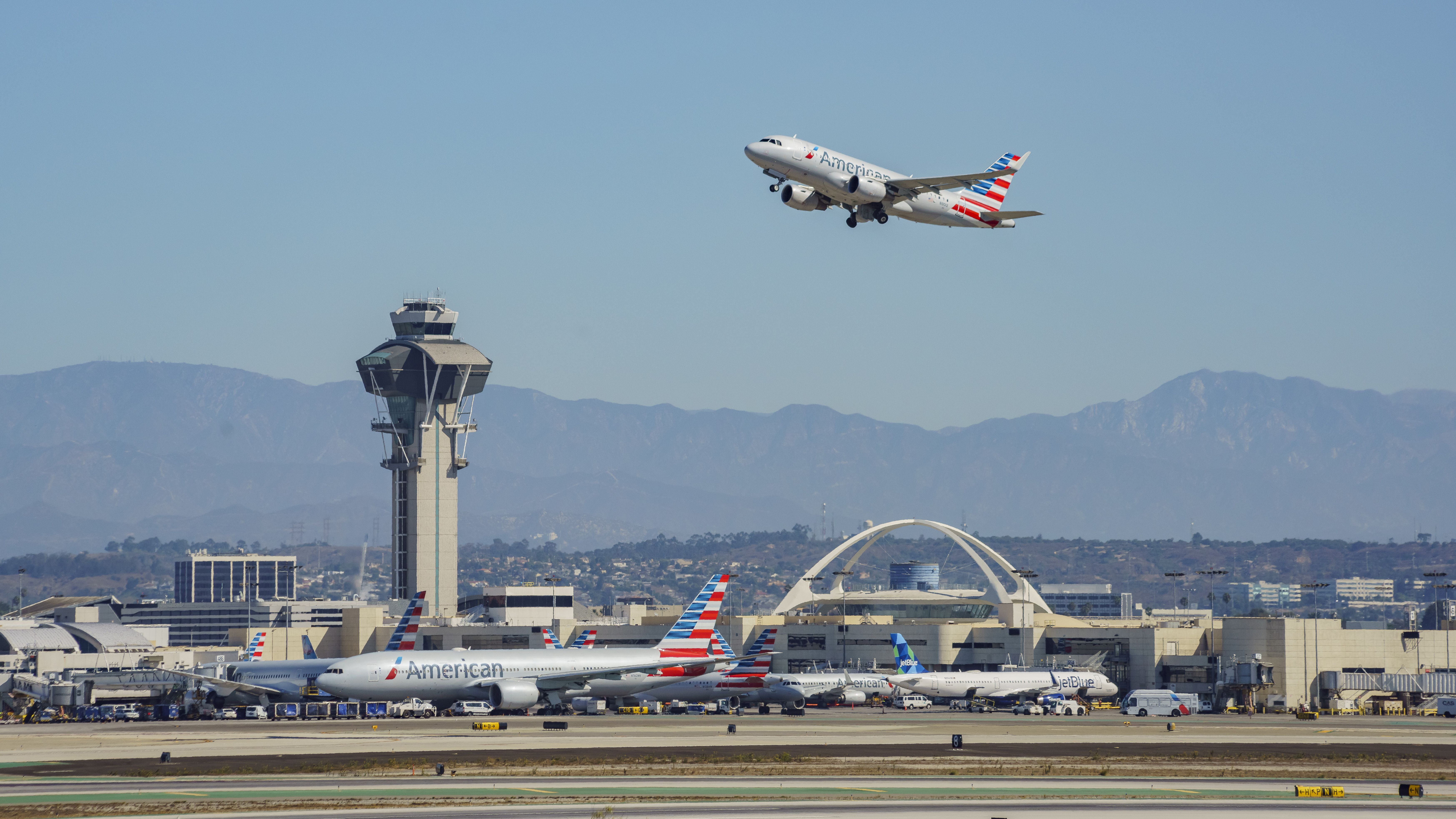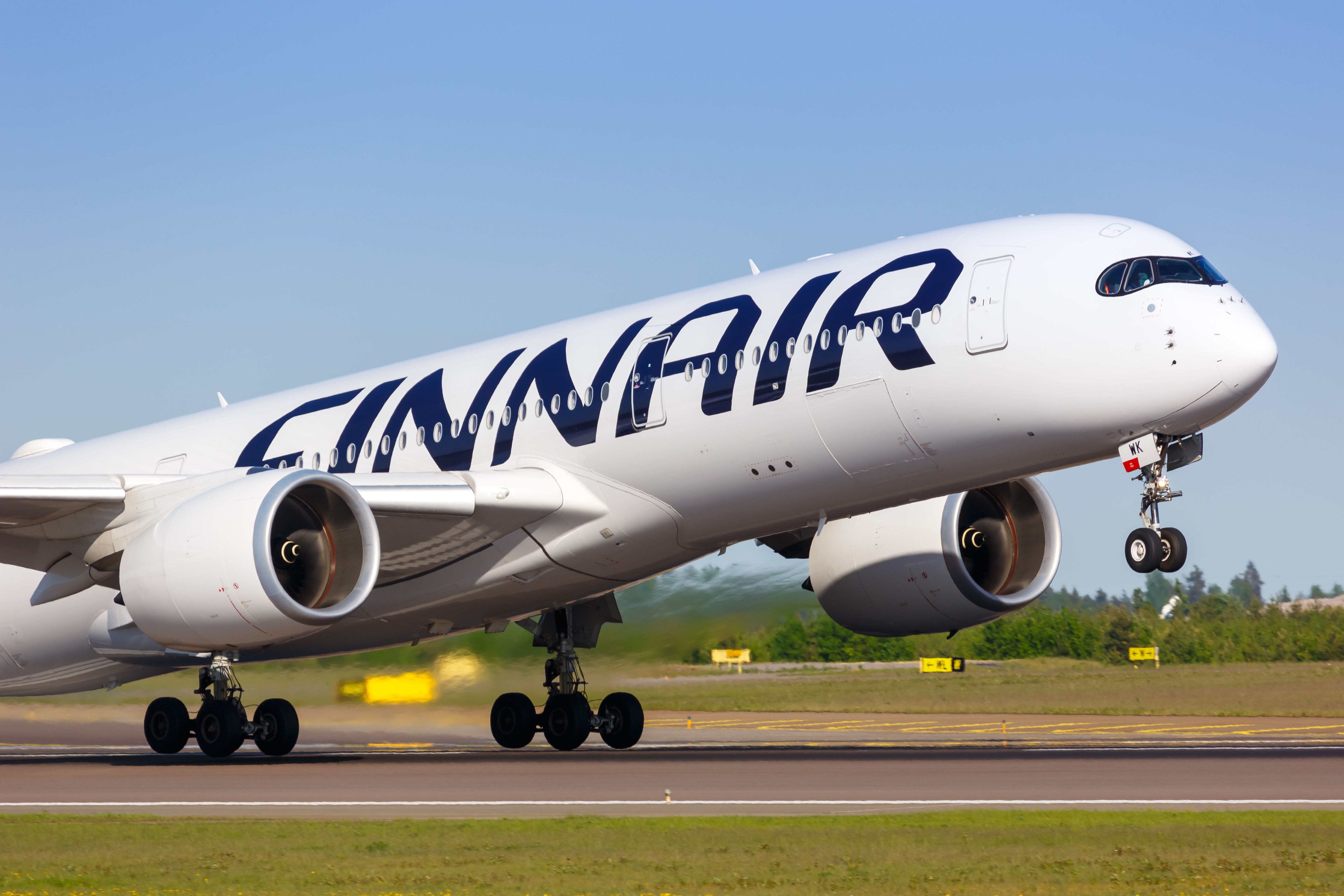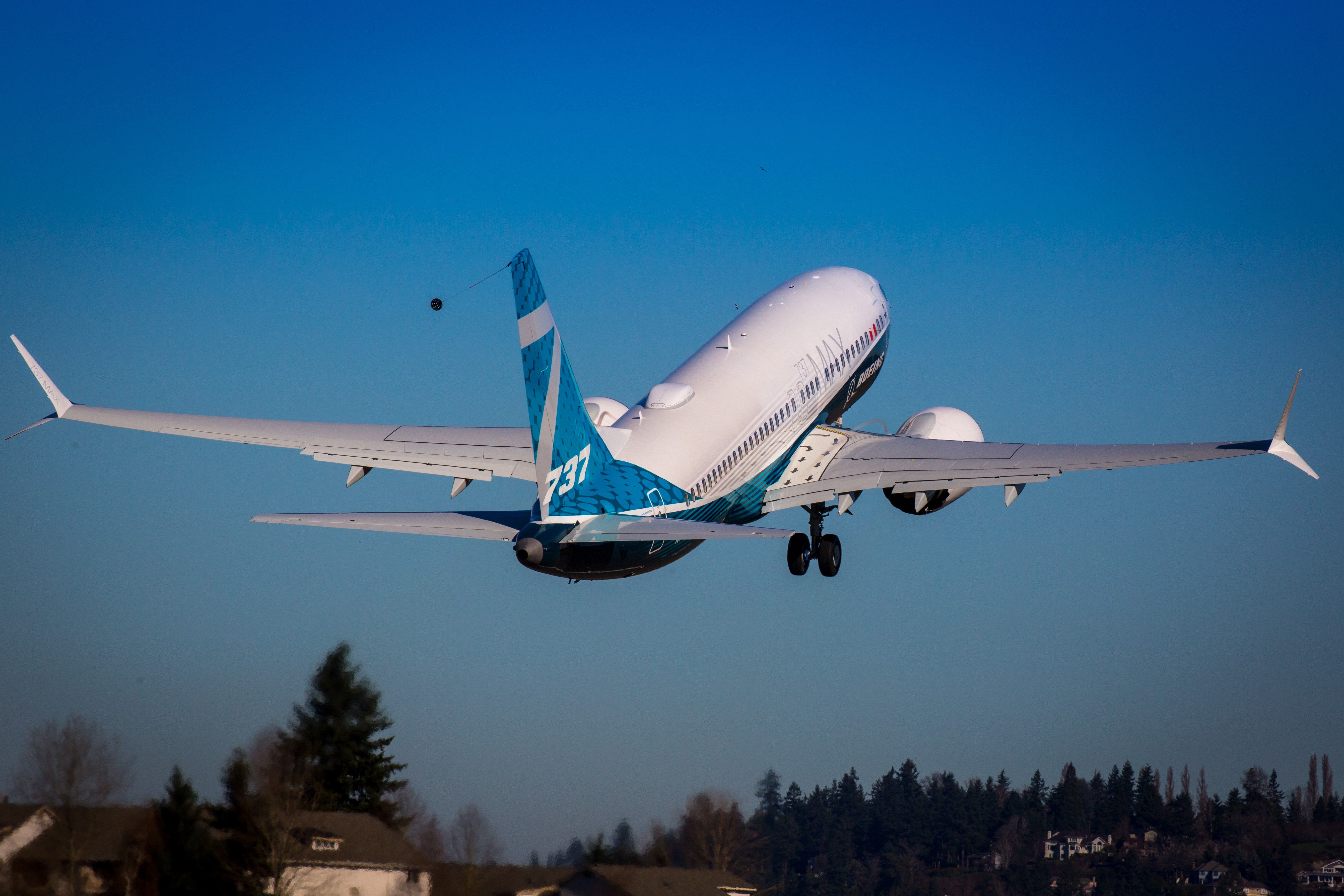A
rejected takeoff (also called an aborted takeoff) occurs when a pilot decides to abort the takeoff
after initiating the takeoff
roll but before the aircraft has left the ground can be done for a range of reasons that become apparent after the pilot has applied the throttle (including engine failure). rejected takeoffs
occur all the time (although only a few might be reported). Recently (in October 2024), a
potential runway obstruction caused a Norse Atlantic Airways flight to abort takeoff
.
1
The Go/Stop decision
Most rejected take-offs result in no damage
|
75%: |
Of rejected take-offs initiated at under 80 knots |
|---|---|
|
23% |
Of rejected take-offs initiate at between 80-120 knots |
|
2%: |
Of rejected take-offs initiated at over 120 knots |
When taking off, a pilot must be decisive and not hesitate. According to Skylibrary, depending on Operator SOPs, either pilot can usually make a call of “STOP” (“ABORT”, “REJECT”). However, in some cases, the decision can only be made by the pilot in command.
Photo: Gorodenkoff | Shutterstock
Air traffic control can instruct a pilot to reject a takeoff if they observe something like an engine malfunction or if the aircraft is on a collision course. A tire failure is not a cause for a rejected take-off after the aircraft has reached high speed. Airbus has the generic advice to not reject take-offs for a single-blown tire (with no evidence of collateral damage) when the speed is greater than V1 minus 20 knots.
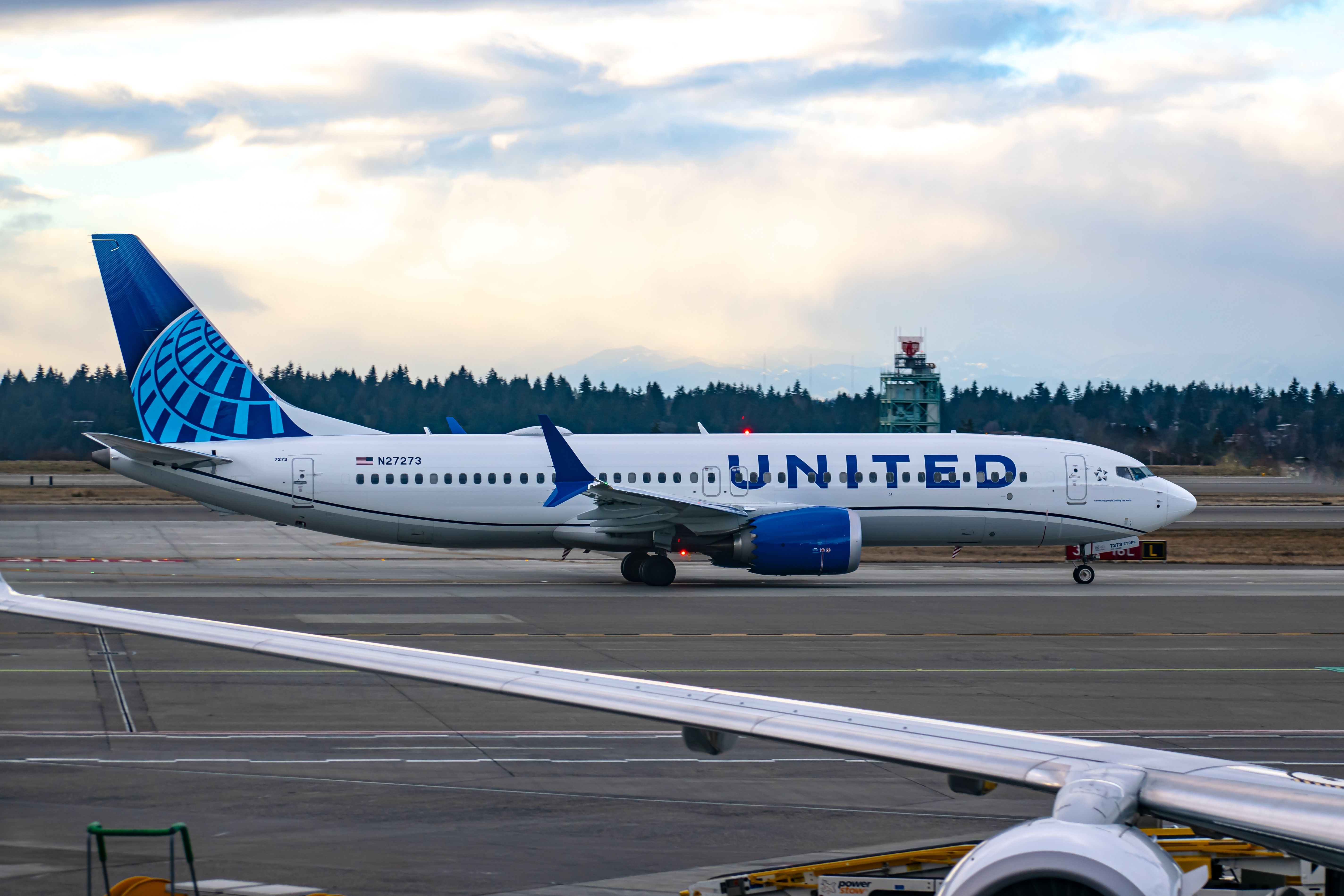
Related
United Airlines Boeing 737 MAX Runway Incursion Forces Southwest Jet To Reject Takeoff In Orlando
The ATC canceled takeoff clearance for a Southwest Boeing 737 MAX already accelerating at high speed.
2
Rejected takeoff after V1
V1 for large jets is normally 120-140 knots
|
A380 takeoff speed: |
Approx. 150 knots |
|---|---|
|
Boeing 737 take-off speed: |
Approx. 130 knots |
|
Concorde take-off speed: |
Approx. 195 knots |
V1 is the speed beyond which a takeoff should no longer be aborted. At this point, if a pilot rejects takeoff, the aircraft risks overshooting the runway, so the pilot will continue takeoff and climb if at all possible. As Skybrary states, “After V1, a reject should only be considered if there is a strong reason to believe that the aircraft will not fly.“
Photo: Telsek l Shutterstock
In extreme circumstances, a pilot may initiate a rejected takeoff after V1 and risk overshooting the runway – but this is when it is simply not possible to get airborne and there is no effective solution available. Skybrary states, “Once a correctly calculated V1 has been exceeded, the takeoff must be continued and should allow the aircraft to get safely airborne and climb away. This explicitly covers the case of a single engine malfunction or failure up to V1 provided that the prescribed crew actions in respect of that failure are correct.”
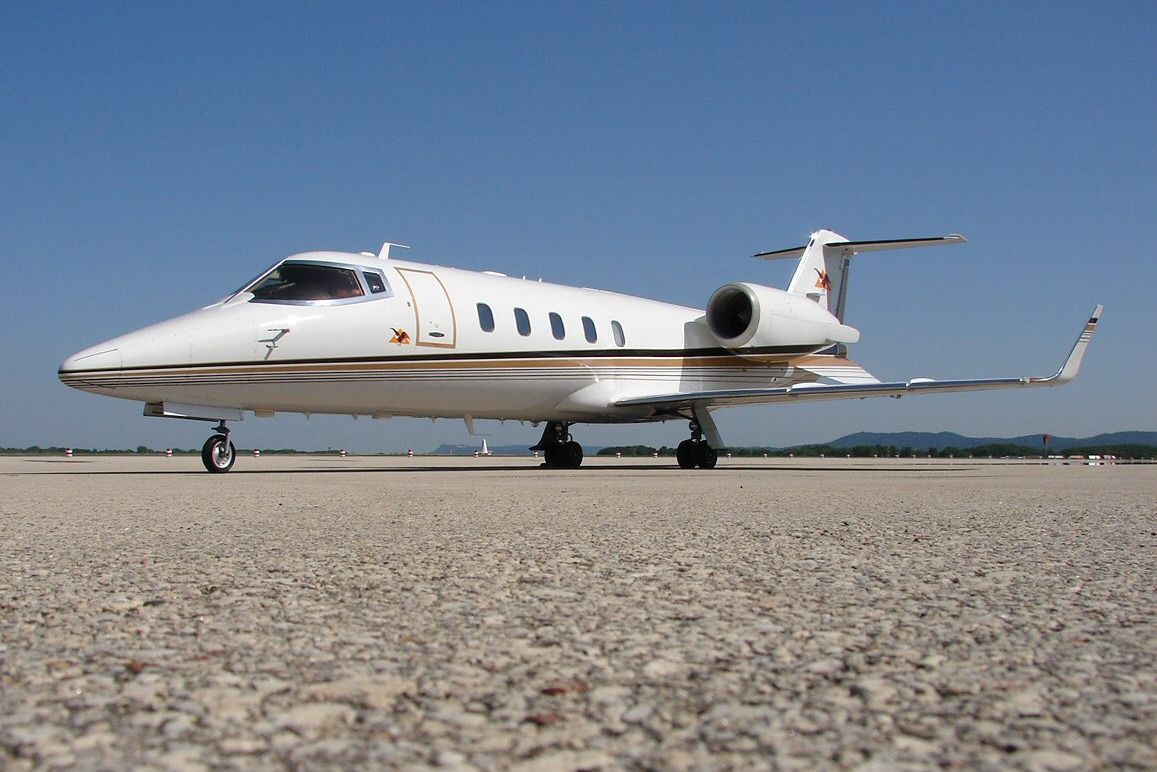
Related
What Aviation Learned From The Learjet 60 Crash That Almost Killed Blink 182’s Travis Barker
One of the tires burst during takeoff, forcing the pilots to abort.
3
High & Low Speed rejected takeoffs
Transition typically 80 to 100 knots
|
Low-speed rejected takeoff: |
Typically below 80 knots |
|---|---|
|
High-speed rejected takeoff: |
Typically above 80 knots but below V1 |
|
Transition: |
Typically 80-100 knots (depending on aircraft type and other factors) |
Low-speed rejected takeoffs (typically under 80 knots) can be performed for any significant malfunction or abnormal situation. The transition between low-speed and high-speed rejected takeoffs is normally defined as 80 to 100 knots.
Photo: Kit Leong | Shutterstock
High speed rejected takeoffs can be performed without overshooting the runway, but they are only performed for serious situations (typically only for major malfunctions like engine fire). At high speed, “the annunciation of non-critical alerts during the high-speed part of the takeoff roll and in initial climb is inhibited to preclude unnecessary distraction.”

Related
SWISS Airbus A320 Rejects Takeoff In Zurich Amid Engine Failure
The aircraft has since returned to normal operations.
4
Typical reasons for rejecting take-off
There may be around 1 RTO per 3,000 takeoffs
|
Typical number of rejected take-offs: |
6,000 annually (early 2000s numbers) |
|---|---|
|
Total take-offs: |
18 million (early 2000s numbers) |
|
9,800 feet: |
Amount of runway a A380 needs to fully load off |
A pilot can reject takeoff for a host of issues that arise after takeoff is initiated. For example, bird strikes can happen on the ground, too. It has been estimated that historically (up to 2003), there has been one rejected takeoff per 3,000 takeoffs and one rejected takeoff overrun accident/incident per 4.5 million takeoffs.
Photo: Markus Mainka | Shutterstock
The most common reasons that have led air traffic controllers to issue an instruction to reject take-off are observed runway incursion or so some other obstacle on the runway, observed fire or smoke from the aircraft, observed burst tires, and the crew misidentifying the runway and begin the takeoff roll on the wrong runway.
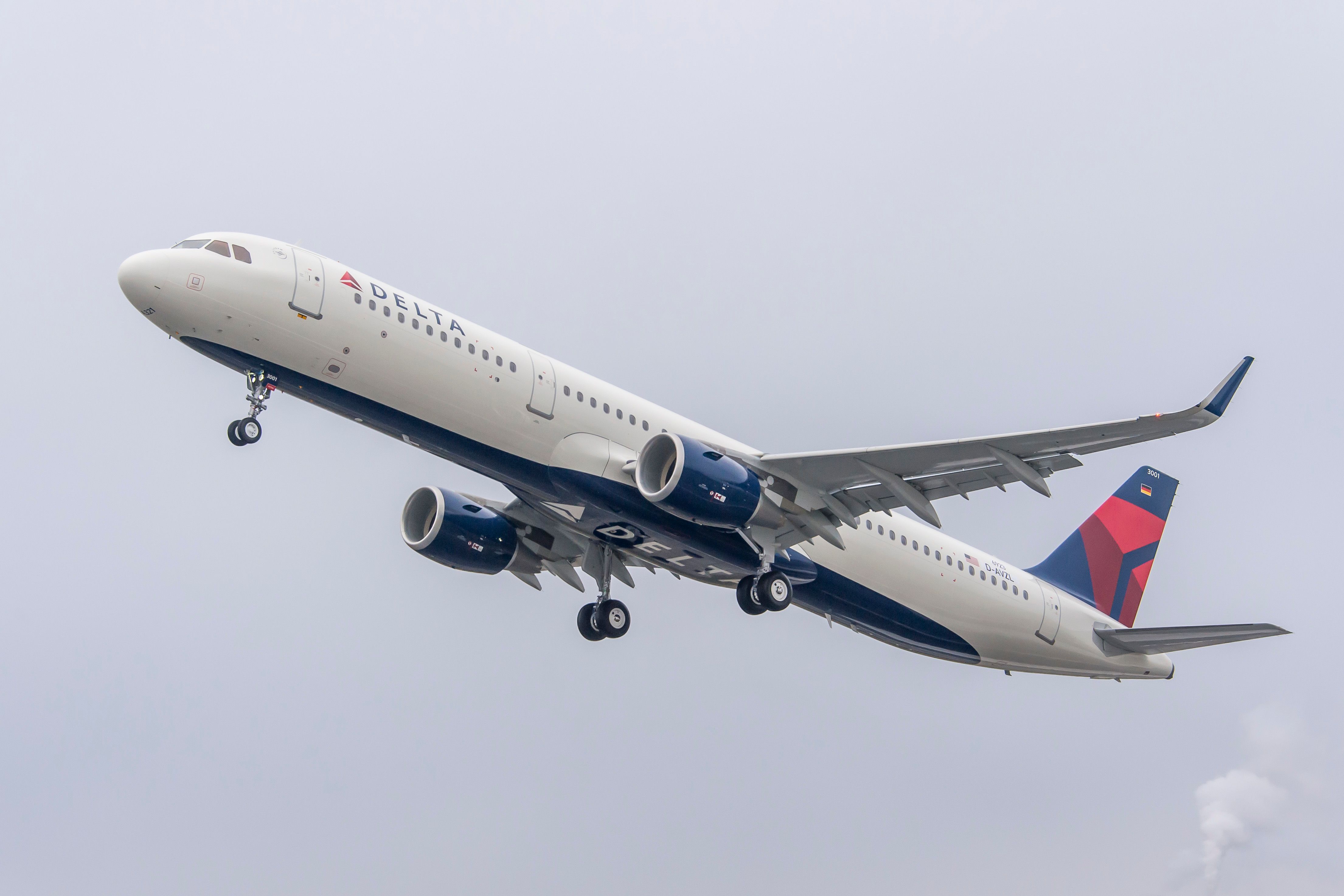
Related
Delta Airbus A321 Rejects Take Off After ATC Suggests Learjet Passes Hold Short Line
The Delta Air Lines Airbus A321 was departing from New Orleans en route to Salt Lake City when the incident took place.
5
Recent rejected takeoff incidents
Runway excursions were 96% of runway accidents (1995 and 2007)
|
Alaska Airlines Flight 369: |
September 2024, Aborted takeoff to dodge Southwest aircraft |
|---|---|
|
American Airlines Flight 2478: |
May 2024, Aborted takeoff due to engine trouble |
|
SWISS Flight LX9: |
September 2023, Aborted takeoff due to birdstrike |
Occasionally, commercial flights perform rejected takeoffs. For example, in September 2024, an
Alaska Airlines Boeing 737 MAX performed a rejected takeoff
far into its takeoff role to avoid colliding with a Southwest aircraft crossing into its runway. The stress of slamming on the brakes at 104 knots caused the flight to blow its tires.
Photo: Boeing
In May 2024,
an American Airlines Airbus A319 rejected takeoff
at 70 knots due to engine banging and an engine emitting flames. In September 2023, a SWISS International Air Lines Boeing 777 rejected takeoff in Chicago after hitting a flock of birds. It had reached a speed of 130 knots before the takeoff was rejected and was classified as a “High-Speed Rejected Takeoff.”
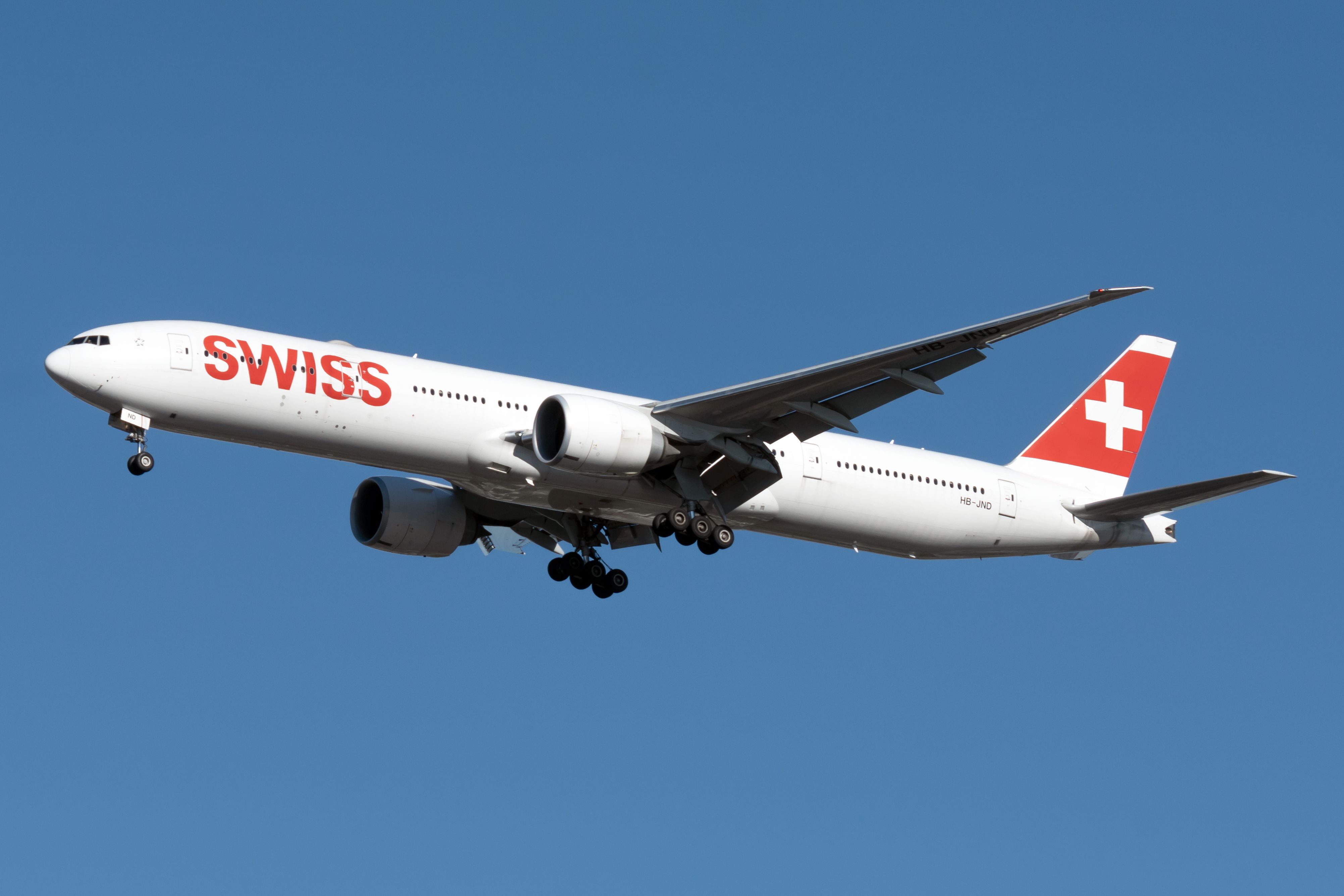
Related
SWISS Boeing 777 Rejects Takeoff In Chicago After Hitting Flock Of Birds
None of the passengers or crew onboard were injured.

